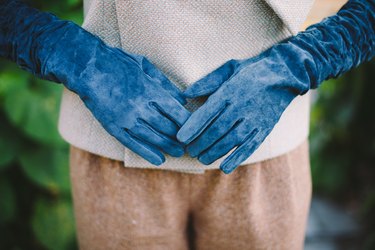You know to separate whites from colors and not to leave wet clothes in the washer for too long, or they'll get mildewy. If your laundry knowledge ends there, cleaning your clothes becomes an exercise in confusion. Cold or warm water? Machine wash or hand wash? It's tempting to just throw everything into the washer, pick a setting at random and hope for the best. Resist this urge. Mastering laundry best practices for common fabric types isn't as complicated as you might think, and it's worth doing to extend the life of your clothing.
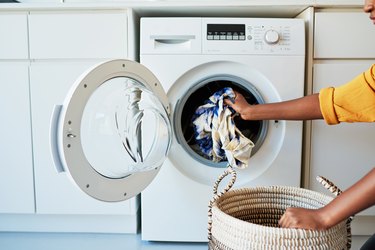
Video of the Day
1. Washing Cotton
It's not a coincidence that one of the most commonly used fabrics is also one of the easiest to wash. Cotton tends to be a wash-and-wear fabric, and most things made of cotton can be machine washed and dried. Care instructions often say to use warm or hot water, but always use cold water on new cotton items to prevent shrinkage and ink bleeding. Use a low-heat dryer setting for clothing and high heat for cotton towels and sheets.
Video of the Day
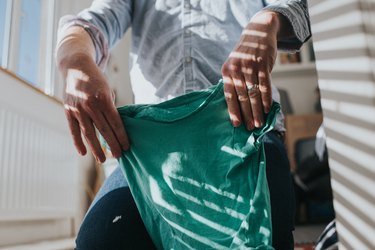
2. Washing Denim
It's technically made of cotton, but denim may require a slightly different treatment than your cotton sheets. Turn denim inside out and hand or machine wash it in cold water with regular detergent or with detergent designed to protect colors if you don't want your denim to fade. Let denim air dry flat or tumble denim in the dryer on low. Take it out while it's still slightly damp and air dry the rest of the way.
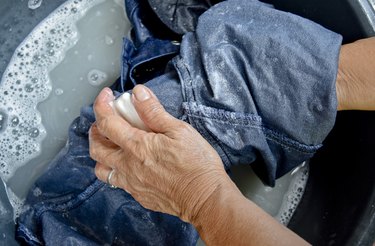
3. Washing Polyester
Polyester is one of the most versatile fabrics and one of the easiest to care for. Machine wash it with cool or warm water and tumble dry on a low-heat setting. Polyester tends to hold on to funky odors, so clothing made of this fabric may occasionally need a pre-wash soak in a white vinegar solution to banish B.O.

4. Washing Silk
Silk garments are often labeled as dry-clean only, and it's advisable to heed that advice since this delicate (and expensive) fabric can be easily damaged. If the label says machine washing is OK, put silk items in a mesh laundry bag and wash them on the delicate cycle with cold water and detergent made for delicate fabrics. Hang the wet garments or dry them flat. Never put silk in the dryer.
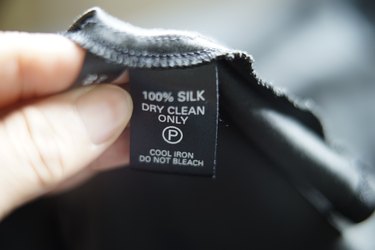
5. Washing Wool
Wool items are often labeled as hand wash only. Use this method unless the label tells you otherwise. Wool often gets stretched out, and garments become misshapen after a cycle in the washer. Hand wash wool with cool or lukewarm water and detergent made specifically for wool. Then, lay items flat to dry.
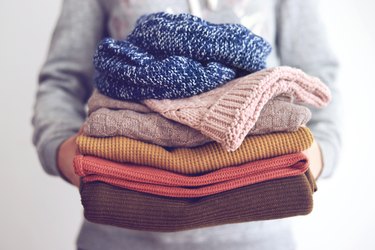
6. Washing Fleece
Avoid washing fleece until it's absolutely necessary. Its soft surface tends to pill and turn nubby once it goes through the washing machine. Hand wash fleece in cold water with gentle detergent or use cold water and your washer's delicate cycle. Always air dry fleece to minimize pilling.
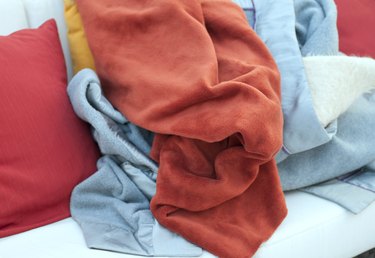
7. Washing Spandex and Lycra
Your supportive gym clothes will start to sag when you launder them incorrectly. It's best to hand wash yoga pants, bike shorts and other spandex or lycra clothing in cold water. Let them air dry. Heat and the agitation of your washing machine will start to break down the elasticity of these garments.

8. Washing Linen
Wrinkles are just a part of owning linen, but you can minimize the wrinkles by washing linen correctly. Wash linen alone or with just a few other items so it doesn't get twisted around other fabrics. Use your washer's delicate cycle and warm water. Then, tumble dry pre-washed linen on low. Take linen out of the dryer while it is still slightly damp and lay the items flat to dry completely.
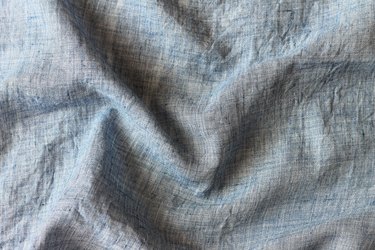
9. Washing Leather
Leather is one of the trickiest materials to wash, largely because the appropriate care varies by garment. One leather jacket may be labeled as machine washable and can go through a delicate cycle with cold water, while another may be completely destroyed by the washing machine. If your leather doesn't have a label with care instructions, use leather cleaner to spot treat marks and take it to a dry cleaner for bigger jobs.
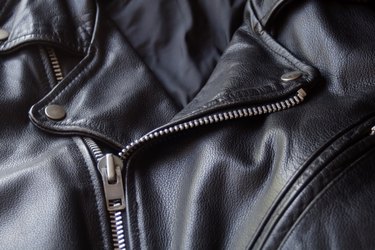
10. Washing Suede
Like finished leather, suede is a finicky fabric. Your suede skirt, jacket or gloves should never go in the washing machine. Use a suede brush to clean dried stains and spots and dab more stubborn stains with a solution of equal parts white vinegar and water. Entrust bigger suede cleaning jobs to a professional.
